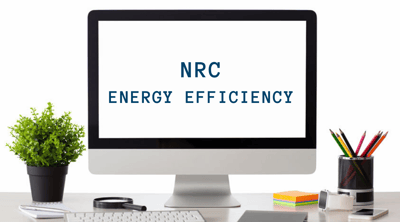- Home
- About
- Services
- Tools & Resources
- Client Info
- Request Info
- Carrier Tools
- Contact Us
- Get a Quote
- Français
The Single Window Initiative means several changes for importers:
Our goal is to help you understand what is expected for the new “how, when, and what” of SWI requirements relating to the items you ship. These updates guide importers through specific commodities or categories of commodities, and the Participating Government Agencies (PGAs) that are affected.
Under the new SWI, it’s important that you understand which Participating Government Agencies (PGAs) are regulating your products. Some products are regulated by multiple PGAs, and the PGAs regulating your products may have changed under SWI. Additionally, each PGA and the CBSA can issue penalties for incorrect and missing documents. Understanding what information and documentation is needed for clearance will make the clearance process into Canada smoother and more efficient.

Before importing regulated energy-using products into Canada under NRC’s Office of Energy Efficiency, at the time of release a dealer must include specific information regarding the product.
The commercial invoice or Canada Customs invoice must show the specific information listed below:
Name of product: the name of the product being imported. Refer to this searchable list of energy-efficient products.
Model number: for electric motors, the importer is encouraged to provide the model number instead of an Unique Motor Identifier (UMI).
Brand name: the name or term that identifies the goods. A brand helps identify one item, a family of items, or all items of the seller.
Importer address: address of the dealer who is importing the product
Intended use: the purpose for which the product is being imported
For SWI, being proactive is your best strategy—gather all your information and documentation as far in advance as possible. Importers who know the requirements for the products they’re importing, and understand the new processes under SWI, will have a much smoother import experience.
As you adjust to the new requirements and workflow of the Single Window Initiative, we're here to help. Our customs team is ready to help you understand the SWI and its new requirements for your commodities—contact us today.
SWI. It's what we do.
